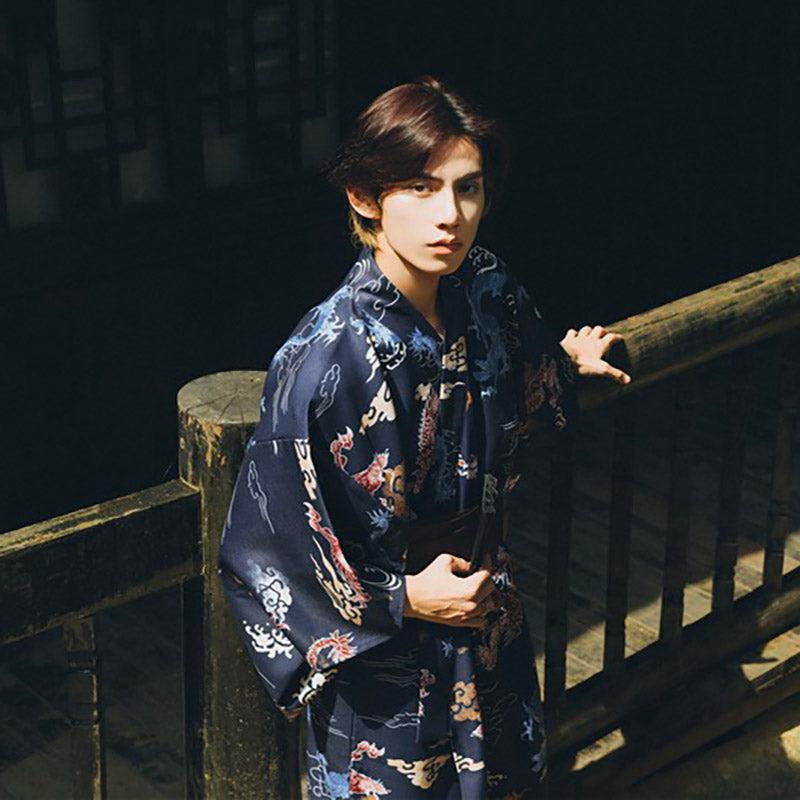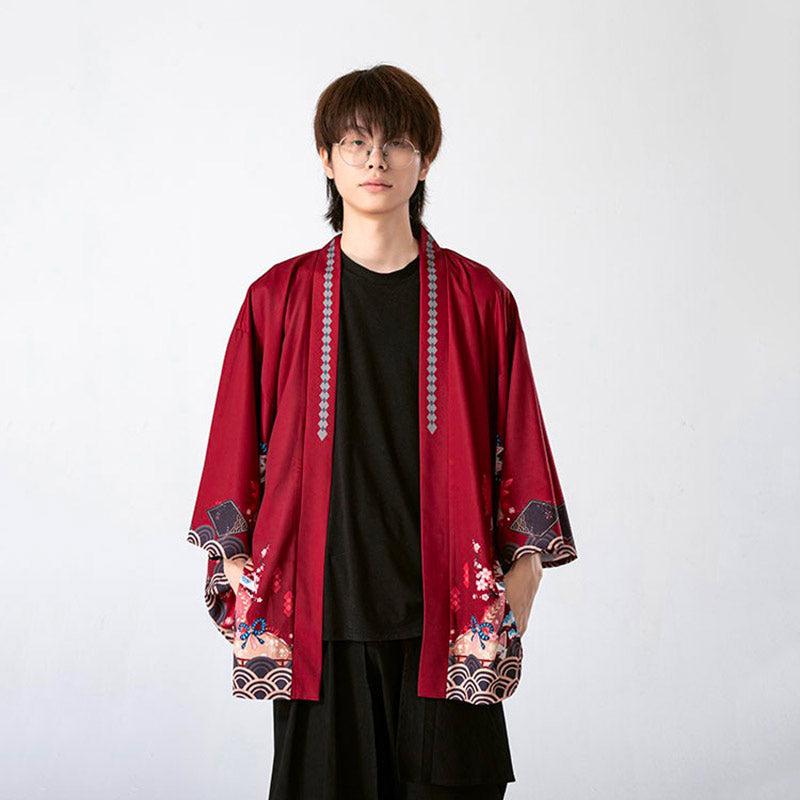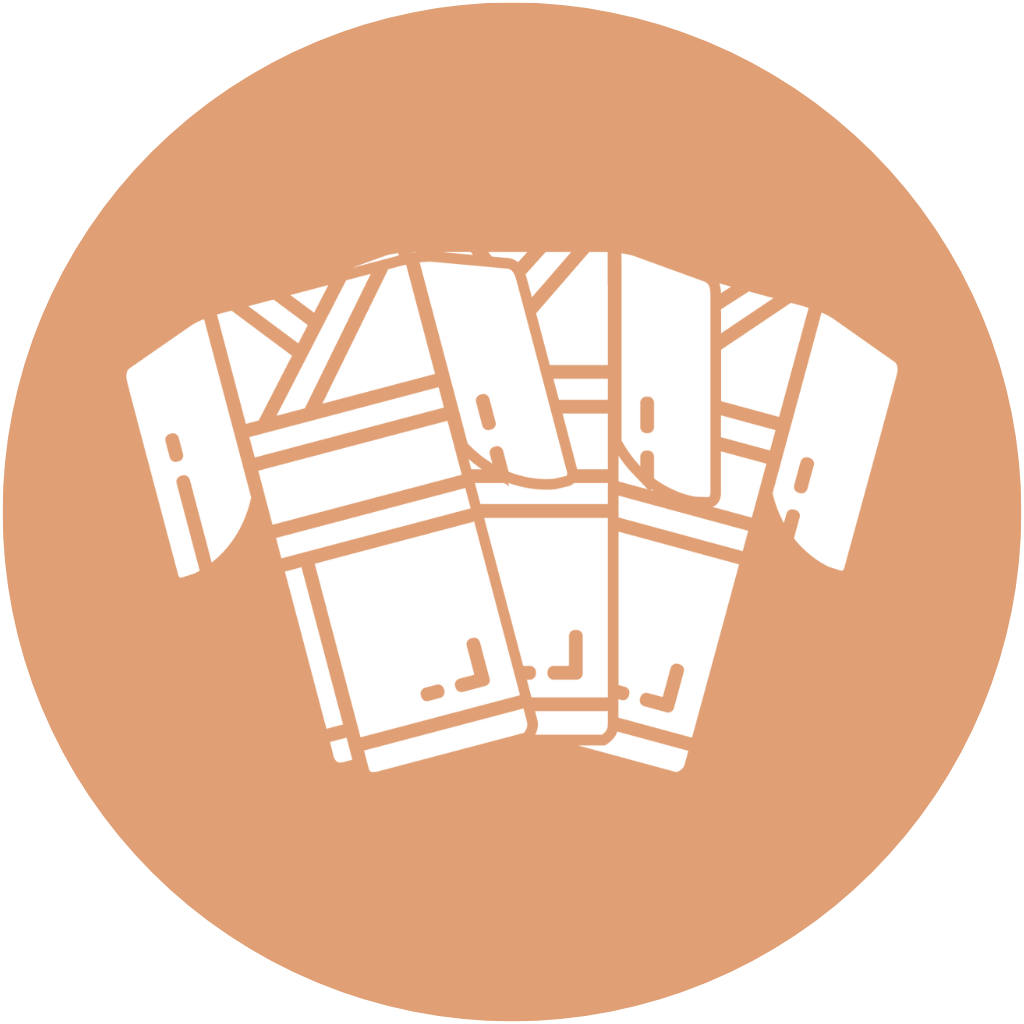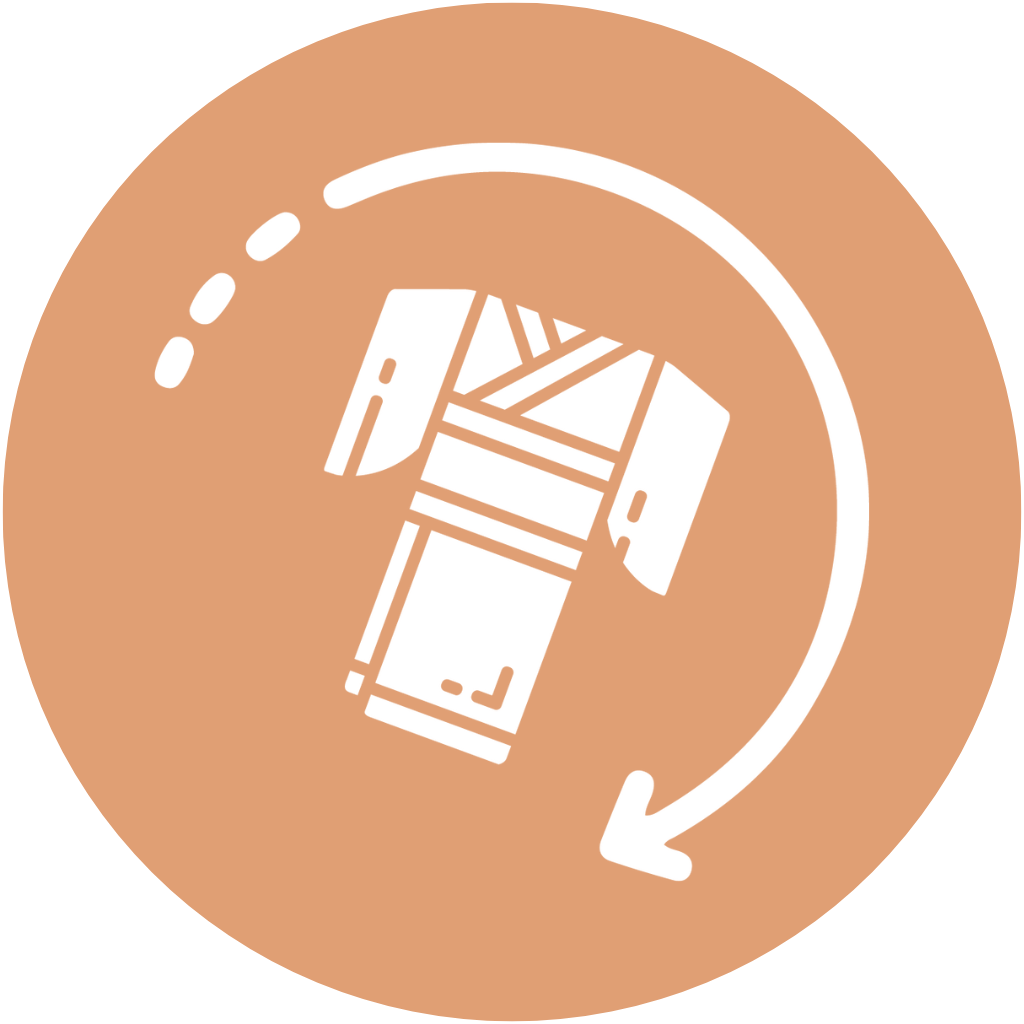
What is the difference between a yukata and a kimono?
Source: Freepik
At the heart of Japanese clothing traditions, two iconic garments often cause confusion: the kimono and the yukata. Both evoke elegance and refinement, but their uses, materials, and cultural contexts differ profoundly. A thorough understanding of these nuances allows one to fully appreciate Japan's cultural richness and avoid common misunderstandings. Discover the difference between a yukata and a kimono in this review.
Kimono and yukata: definition
The kimono , a sartorial symbol of Japan , has its roots in a long history of cultural influences. Its name, formed from the words "to wear" and "thing," reflects simplicity. Inherited from Chinese traditions , this garment is distinguished by its T-shaped cut and its wide belt called obi . In the past, it adapted to the seasons thanks to thick fabrics such as silk or cotton. Today, modern polyester versions appeal for their practicality, diversity of patterns and ease of maintenance, making the kimono accessible to a wider audience. Moreover, if you are looking for kimonos for women, visit our collection .
The yukata, often seen as a summer version of the kimono , is a lightweight and comfortable garment. It is made of cotton or breathable synthetic materials. Historically worn after bathing, its name literally means " bathing suit ." This outfit is suitable for everyday or festive wear. It evokes both relaxation and refinement, establishing itself as an essential piece of traditional Japanese clothing. revisited.
What are the criteria that differentiate a kimono from a yukata?
Source: Freepik
Although the kimono and yukata share a similar shape, there are several specific features that make them easy to distinguish. These elements vary mainly depending on the fabric, structure, and accessories associated with each garment. Here are some key characteristics that help identify these two traditional Japanese garments .
The nature of the fabric
One of the major differences between kimono and yukata is the choice of fabric. Kimonos are traditionally made from fabrics such as:
-
silk;
-
brocade; and
-
satin.
In comparison, the yukata favors practical and breathable textiles. Made from polyester or cotton, it is designed for periods of heat . Its material promotes air circulation and accelerates the elimination of moisture. Thus, the nature of the textile says a lot about the intended use of the garment: ceremonial for the kimono, summer and everyday for the yukata.
The number of passes
Observing the collar often gives a clear clue as to the nature of the garment. The kimono is worn with an inner undergarment called nagajuban , whose collar protrudes slightly from the main garment. This configuration produces a visible double collar, the second often being white or contrasting.
The yukata, on the other hand, does not require such an undergarment. It therefore has a single collar , without any visible overlay. This detail, although discreet, is one of the surest ways to differentiate the two garments, especially when worn in a public context.
The underwear
Source: Freepik
The presence or absence of undergarment also plays a key role in distinguishing between a kimono and a yukata. Under the kimono, we often find:
-
nagajuban , to protect the fabric from sweat ;
-
an inner belt , called koshi-himo , to hold everything in place; and
-
a light undershirt , used depending on the season or the type of kimono.
These elements help keep the kimono fresh and extend its lifespan. The yukata, on the other hand, is worn without an intermediate layer. Its lightweight, summery function makes it unnecessary to add an undergarment, making it easier to wear every day. This also makes the yukata easier to put on and more comfortable during hot weather.
Sleeve length
Another important visual cue is the sleeves. The sleeves of the kimono vary according to:
-
age;
-
social status; and
-
the type of ceremony.
The furisode , for example, has very long sleeves, sometimes reaching to the floor, and is reserved for young unmarried women. Other kimonos, more sober, have mid-length sleeves, suitable for formal, but discreet use.
The yukata, on the other hand, is characterized by short or medium sleeves, rarely longer than 50 centimeters . This cut allows for greater freedom of movement, especially during summer festivals or outdoor walks. Thus, the length and shape of the sleeves quickly reveal the nature of the garment worn.
The socks
Source: Freepik
Socks are an essential part of wearing a kimono. It is imperative to pair them with traditional sandals like zori or geta . Tabi , white socks that separate the big toe from the other toes, are worn under the kimono to complete the outfit. On the other hand, yukata does not require specific socks. It is quite common to wear it barefoot, especially during festivals or summer events. Geta paired with yukata are also simpler and less formal than those worn with a kimono.
When should you wear a kimono or yukata?
Source: Freepik
Kimonos are worn primarily during solemn ceremonies and important moments in the lives of Japanese people. They are particularly popular at traditional weddings, whether for the bride, groom, or close guests. They are also worn at graduation ceremonies, tea ceremonies, funerals, and Hatsumōde , the first visit to a Shinto shrine at New Year's.
Some families also choose the kimono for the celebration of Shichi-Go-San , a festival marking the key ages of young children. Each event corresponds to a specific type of kimono, more or less formal, with strict codes in terms of colors, patterns or accessories. Respect for these conventions testifies to a strong cultural anchoring , where aesthetics rhymes with symbolism. The kimono, beyond its beauty, is therefore a garment of occasion, carrying meaning.
The yukata, on the other hand, is more of a convivial and seasonal dimension. It is mainly worn in summer, on the occasion of fireworks (hanabi) , popular festivals called matsuri , or in ryokan (traditional Japanese inns). Easy to put on, light and airy, it is ideal for summer heat and outdoor activities.
It can also be seen in the lively streets of Japanese cities during local festivals, where young and old alike wear it with joy. In onsen , the yukata is often made available to guests to wander between the bath and the room. Unlike the kimono, it does not require complex accessories or special knotting techniques. However, it remains inappropriate for formal occasions or official meetings, where it would be perceived as a lack of respect for customs.










